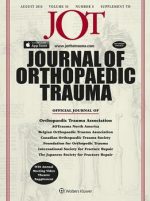Publications
2018
-

Gill, Jeff and Jonathan Homola. “Issues in Polling Methodologies: Inferences and Uncertainty”. In Lonna Atkeson and Michael Alvarez (Ed.), The Oxford Handbook of Polling and Survey Methods: Oxford University Press.
2021
-

Slobogean, Gerard P., Greg Gaski, Jason Nascone, Marcus F. Sciadini, Roman Natoli, Theodore T. Manson, Christopher Lebrun, et al. “A Prospective Clinical Trial Comparing Surgical Fixation Versus Nonoperative Management of Minimally Displaced Complete Lateral Compression Pelvis Fractures”. Journal of Orthopaedic Trauma (2021, forthcoming)
-
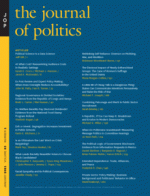
Gill, Jeff. “Political Science Is A Data Science”. Journal of Politics 83, no. 1 (2021): 1-7
2020
-
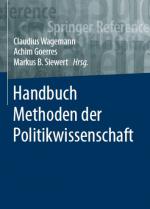
Gill, Jeff, and Richard Traunmuller. “Bayesianische Inferenz als Alternative zur klassischen Statistik”. In Handbuch Methoden Der Politikwissenschaft, 671-697, Springer VS, 2020
-

Gill, Jeff, and Kumail Wasif. “Bayesian Analyses of Political Decision Making”. In Oxford Encyclopedia Of Political Decision Making, Dave Redlawsk, Oxford University Press, 2020
2021
-

Gill, Jeff. “Measuring Constituency Ideology Using Bayesian Universal Kriging”. State Politics & Policy Quarterly 21, no. 1 (2021): 80-107
2020
-
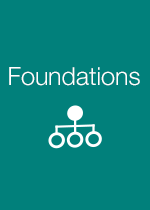
Gill, Jeff, and Michelle Torres. “Generalized Linear Models”. In Sage Research Methods Foundations, Sage, 2020
-

Gill, Jeff, and Simon Heuberger. “Bayesian Modeling and Inference: A Postmodern Perspective”. In Sage Handbook of Research Methods in Political Science and International Relations, Luigi Curini and Franzese, Robert, Sage, 2020
Please note the figures in the Publisher’s version are incorrect; refer to PDF for correct information.
2019
-
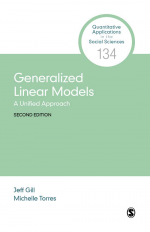
Gill, Jeff, and Michelle Torres. “Generalized Linear Models: A Unified Approach”. Second Ed, Thousand Oaks, CA: Sage, 2019
Generalized Linear Models: A Unified Approach provides an introduction to and overview of GLMs, with each chapter carefully laying the groundwork for the next. The Second Edition provides examples using real data from multiple fields in the social sciences such as psychology, education, economics, and political science, including data on voting intentions in the 2016 U.S. Republican presidential…
2018
-
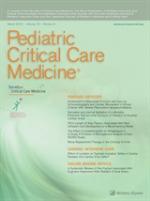
Kolovos, Nikoleta S., Jeff Gill, Peter Michelson, Allan Doctor, and Mary E. Hartman. “Reduction in Mortality Following Pediatric Rapid Response Team Implementation”. Pediatric Critical Care Medicine 19, no. 5 (2018): 477-482
Objective: To evaluate the effectiveness of a physician-led rapid response team (RRT) program on morbidity and mortality following unplanned admission to the pediatric intensive care unit (PICU). Design: Before-after study. Setting: Single center quaternary referral PICU. Patients: All unplanned PICU admissions from the ward from 2005-2011. Interventions: The dataset was divided into pre- and post-RRT…

